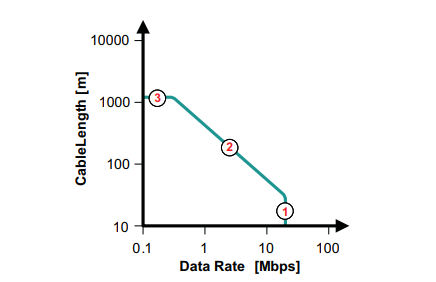Other Parts Discussed in Thread: ISO1430, THVD1450
Dear team,
I want to confirm if the cable length of iso1450 could above 35m @3.3V input, one-one communication at 10M data rate?
I see on datasheet figure 53, it supports less than 100ft when 10M data rate but not list the influence of power supply.
Thanks.
Best regards,
Sammi


